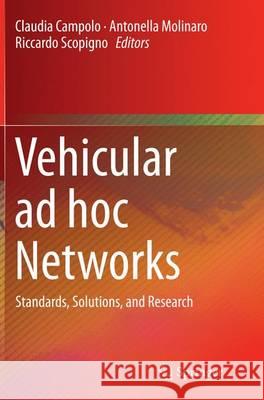Vehicular Ad Hoc Networks: Standards, Solutions, and Research » książka
topmenu
Vehicular Ad Hoc Networks: Standards, Solutions, and Research
ISBN-13: 9783319355702 / Angielski / Miękka / 2016 / 544 str.
Kategorie:
Kategorie BISAC:
Wydawca:
Springer
Język:
Angielski
ISBN-13:
9783319355702
Rok wydania:
2016
Wydanie:
Softcover Repri
Ilość stron:
544
Waga:
9.32 kg
Wymiary:
23.5 x 15.5
Oprawa:
Miękka
Wolumenów:
01











